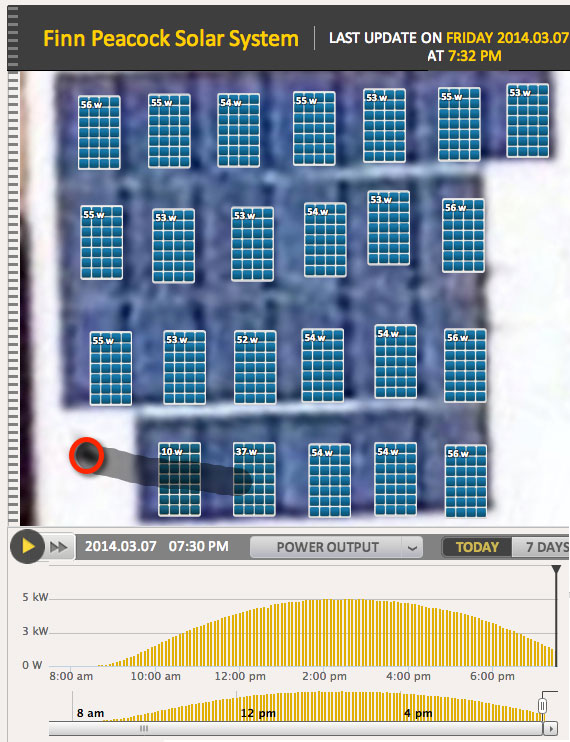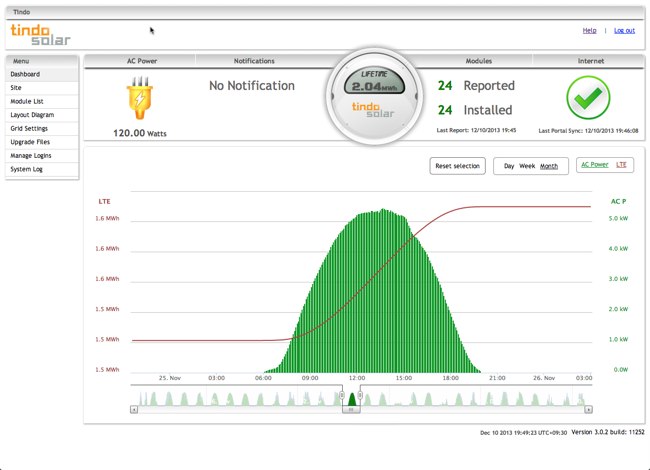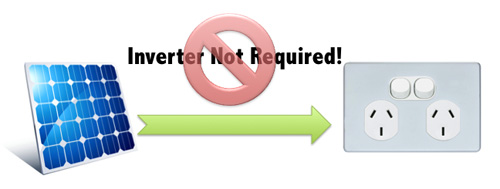LG Electronics USA displayed their new LG X ACe Module monocrystalline AC solar panel series last week at the Solar Power International Expo. LG’s newest solar power products are lighter weight, maximize AC-power output, and allow more flexibility for installation. For a full article on this, read here:: LG’s New AC Solar Module Demonstrated at SPI
Enphase Micro Inverters Claim Higher Profits, Lower Costs
A recent survey showed of 32 residential solar installers over a two-month period showed that micro inverters were able to reduce soft costs compared to conventional central inverters. In fact, major micro inverter manufacturer, Enphase claim that installation using their TRUEAC modules have can reduce labor costs by up to 48%!
They also claim that installers in the US had to walk away from 1 out of 4 jobs if they weren’t using micro inverters (which are easier to install on difficult roofs). I find this really hard to believe, but if it’s true I can only put it down to the prevalence of online quoting without a site visit over in the USA. You really do need a site visit if you want a high performing solar system properly designed for your roof. You simply can’t do it with Google maps (even with micro inverters)!
Read more about this here.
Will Enphase Revolutionise Solar Power Storage?
Yesterday, Enphase revealed the Enphase Energy Management System that they claim could revolutionize solar power and its integration into the grid. The new Gen 5 “S Series” micro-inverter is bi-directional, allowing for more energy to be stored, managed, and controlled. The system’s AC Battery is a modular, plug and play battery. This will allow you to simply add storage as you go (and as your funds allow) instead of ponying up for a massive battery storage system all at once. Thirdly there’s an app (gotta have an app!) that allows users to match loads to energy generation, store energy when it is most profitable to do so, and other controls. Read more about it here.
Discover How Micro Inverter Solar Panels Cope With Shade
As a true solar geek, I can’t think of anything better to do at 7:30 on a Friday evening, than log in to my solar panel monitoring system. While most folks are settling down to Friday Night Footy, you’ll find me checking out how much power my 6kW of micro inverter solar panels are producing as the last rays of evening sun scatter across my roof.
As I logged in tonight to see a respectable 1.2kW being pumped out, I noticed that the monitoring system was providing a great example of one of the benefits of microinverter technology.
If you have a gander at the live monitoring screenshot below you’ll see that I’ve highlighted the position of my wood burner’s flue and the approximate shadow it casts as the sun goes down.
Micro Inverters vs. String Inverters [infographic]
I’ve had a lot of people ask me about the pros and cons of microinverters recently. I have written a long and detailed description of microinverters, but for those who would rather learn about them without ploughing through 1000 words of my ramblings (and who can blame you!) I created this infographic about micro inverters vs string inverters. Hope you like it 🙂
Are Microinverters Worth It? Well, I’m loving mine so far…
Microinverters… In my experience, Aussie solar installers either love ’em or hate ’em. Seriously! I honestly don’t think I’ve talked to an installer that is indifferent to them.
AC Solar Panels (microinverters) : The #1 Solar Trend to watch for in 2012?
Will 2012 be the year of the AC Solar Panel?
Before answering that question I should probably explain exactly what an AC Solar Panel is…
What is an AC Solar Panel?
The short answer is: An AC Solar Panel is a solar panel that takes sunlight in and spits AC (Alternating Current) electricity out. This compares to a “conventional” DC Solar Panel which takes sunlight in and spits DC (Direct Current) electricity out.
AC Electricity is the type of electricity you need to power the appliances in your home. DC panels need a Solar Inverter to convert the DC electricity to AC. The big advantage of AC panels is that there is no need for an inverter to do that conversion, so you have a really simple design, a simpler installation, and adding extra panels becomes almost plug and play.





 RSS - Posts
RSS - Posts



Currently Raging Debates: